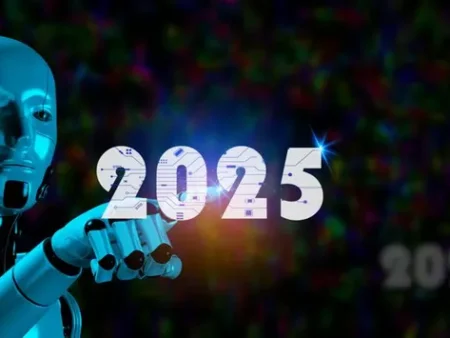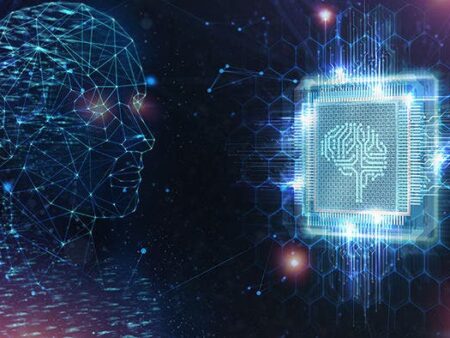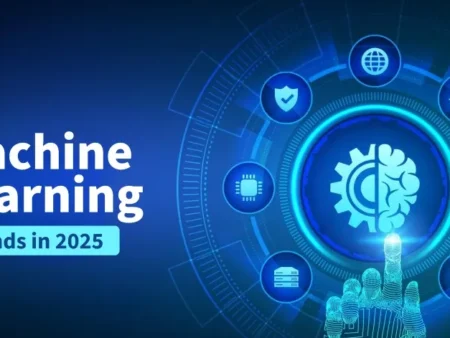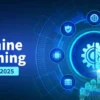In 2025, technology is expected to undergo major shifts driven by advancements in AI, blockchain, IoT, and edge computing. The Internet of Things is expanding across industries, enabling real-time data use, while blockchain is offering secure, decentralized solutions beyond cryptocurrency. Smart applications and generative AI are transforming user experiences and content creation. At the same time, edge computing is improving efficiency by processing data closer to the source. With cybersecurity and extended reality also gaining traction, these trends are set to redefine business operations and digital interactions in the years ahead.
Emerging Technology Trends that Will Define 2025
As industries brace for digital transformation, several cutting-edge technologies are poised to shape the landscape in 2025. Innovations—from artificial intelligence to decentralized systems—are becoming integral to business operations, redefining how we interact with technology and data.
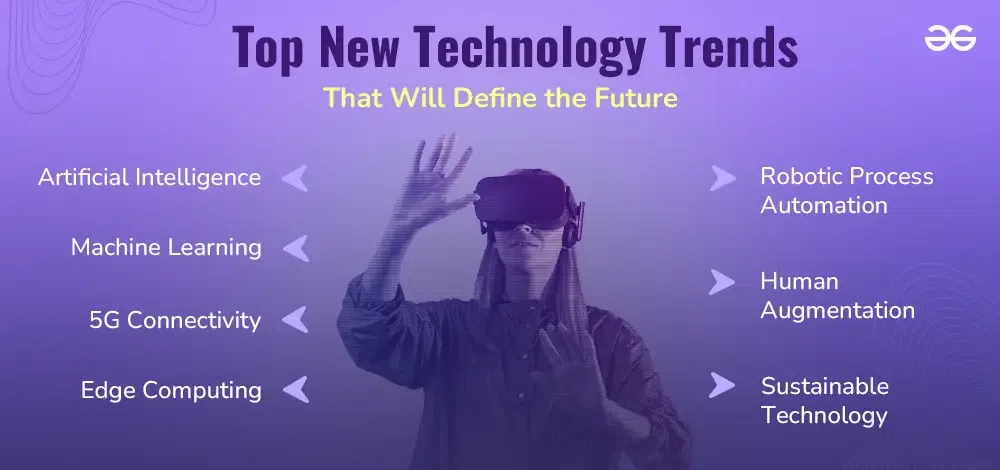
The following trends highlight the direction in which innovation is headed:
- Internet of Things (IoT): With billions of connected devices across homes, factories, and cities, IoT continues to redefine automation and real-time decision-making. It enables improved monitoring, predictive maintenance, and operational efficiency. The IoT market is projected to reach $1.6 trillion by 2025, underscoring its growing importance across sectors.
- Blockchain Technology: No longer limited to cryptocurrencies, blockchain is gaining traction in finance, healthcare, logistics, and cybersecurity. Its decentralized and tamper-proof nature makes it ideal for transparent record-keeping and secure data exchanges. The global blockchain market is expected to hit $39.7 billion by 2025, with increasing enterprise adoption.
- Smart Applications: Intelligent applications powered by AI and machine learning are reshaping user experiences across industries. These apps offer features such as personalized content, automated financial insights, and predictive healthcare diagnostics. The smart application market is projected to grow from $12.7 billion in 2020 to $62.4 billion by 2025.
- Generative AI: Tools that can generate original text, images, code, and more are revolutionizing creativity and productivity. With widespread accessibility and integration into various workflows—from content creation to product design—generative AI is now a mainstream innovation. Investment in the field has grown nearly sevenfold, highlighting its rapid adoption.
- Edge Computing: As more devices operate at the network’s edge, edge computing is reducing latency and bandwidth usage by processing data closer to the source. This is especially valuable in applications such as autonomous vehicles, smart manufacturing, and remote healthcare monitoring.
- Cybersecurity Advancements: With the growing digitization of data, security technologies are evolving to protect sensitive information. Innovations include AI-driven threat detection, zero-trust architecture, and biometric authentication, all designed to safeguard digital infrastructure.
- Extended Reality (XR): The convergence of virtual reality (VR), augmented reality (AR), and mixed reality (MR) is driving immersive experiences across entertainment, education, and professional training. XR technologies are expected to play a vital role in remote collaboration and experiential learning.
These trends illustrate a shift towards intelligent, secure, and decentralized systems that are poised to become foundational in the coming years. As businesses adapt to these changes, embracing these innovations will be critical for long-term growth, operational resilience, and improved user engagement.
